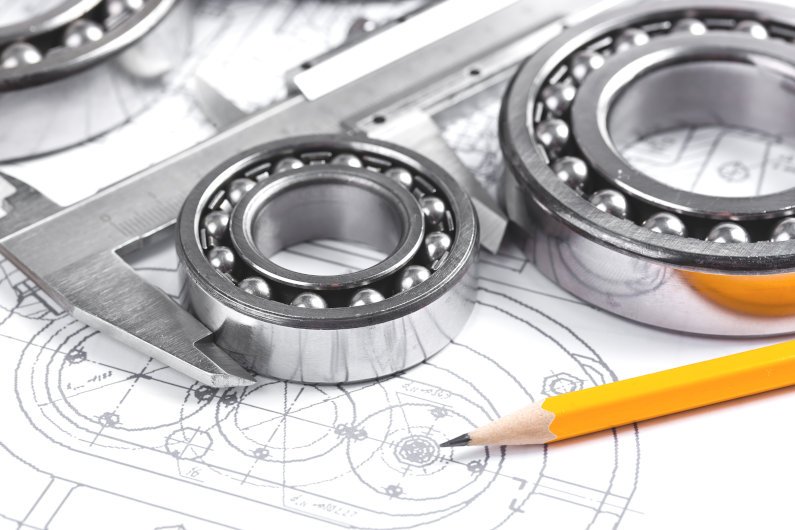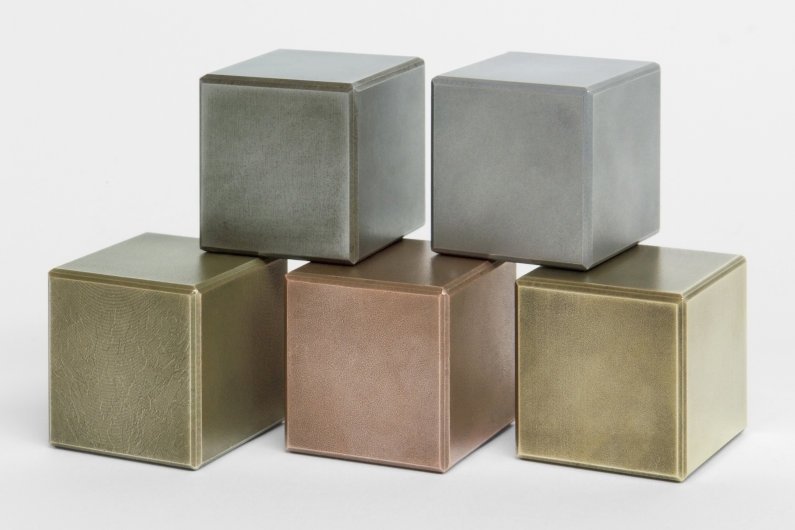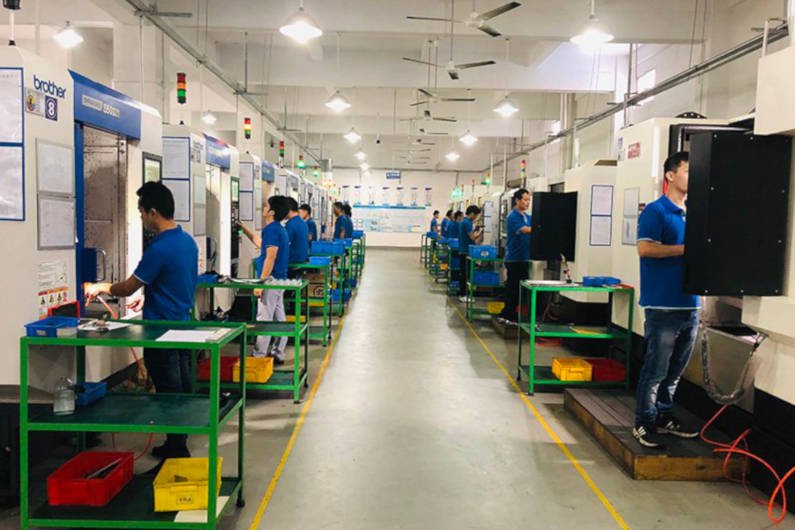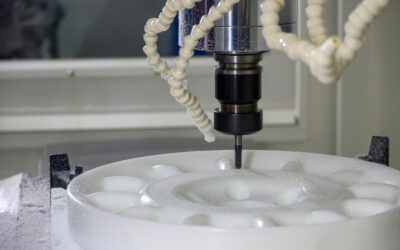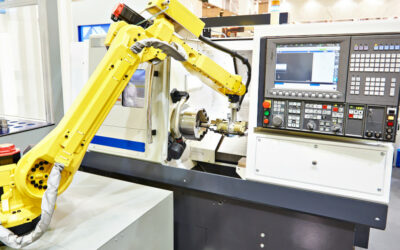In our last article, we talked about wear resistance, and for many products, getting “worn out” is a key factor in determining the item’s service lifetime. That could be decades or only hours depending on the application and how aggressive the wear conditions are. This is why it’s vital to consider wear throughout the entire design process.
While this can mean a lot of different things, we’ll provide an overview of three key areas for combatting wear.
#1 Create Wear-Resistant Designs
The initial design criteria for any product should establish a minimum acceptable lifetime that will help determine what degree of wear resistance is required. The design phase will also lay out any other product constraints, like the presence or absence of an external lubricant, or the types of surfaces the product will need to slide against.
Depending on their specific design constraints, product developers can come up with any number of unique solutions for reaching their product’s goals without wearing out too quickly.
For example, tires come in all kinds of shapes, sizes, and tread patterns depending on their application. Motorcycle street tires must be rounded so that the operator can handle the bike smoothly, but the tire compounds and tread patterns producers choose can have a significant impact on the tire’s resistance to wear and performance.
Product developers can experiment with multiple different approaches to their design to find one that meets their other performance criteria while improving wear resistance and extending product lifetime.
#2 Select Wear-Resistant Materials
There are a number of ultra-high-performance and wear-resistant materials on the market. Tungsten carbide alloys, Nitronic stainless steel alloys, and Stellite cobalt-chromium alloys all offer some of the most impressive wear resistances available. And choosing a corrosion-resistant material can help mitigate damage from corrosion wear.
However, simply using the most wear-resistant material available is unlikely to meet most design needs. You would never use metal tires on a car, even if they had a better wear resistance than rubber compounds. And while tungsten carbide knives have the benefit of staying sharper for longer, they weigh nearly twice as much as steel knives and are very brittle.
Instead, designers should know that most material classes have special formulations designed to improve performance in a particular area like wear or corrosion. If you need to use steel, for example, you can consider using an abrasion-resistant steel alloy to prolong the material’s service life while staying within design constraints.
#3 Apply Wear-Resistant Coatings & Surface Treatments
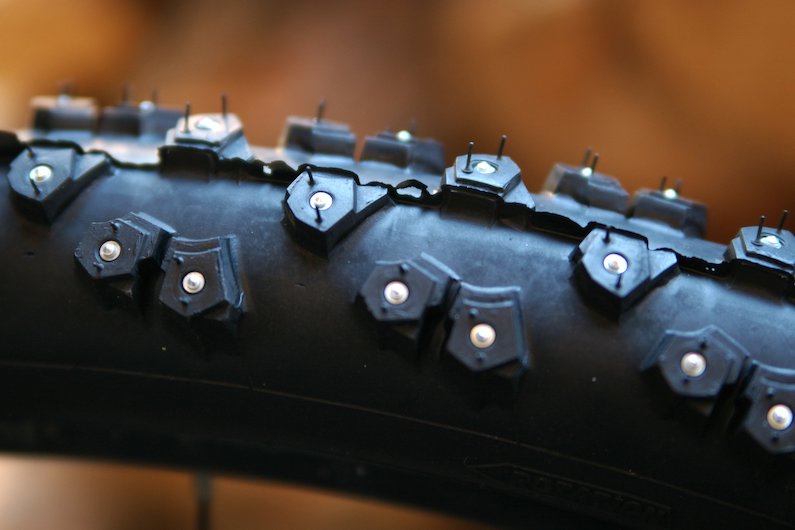
Bicycle tire with tungsten carbide spikes surrounded by aluminum.
Hustvedt, CC BY-SA 3.0, via Wikimedia Commons
Similar to the material selection process, there is a very wide range of unique finishing options available to improve wear performance. These could include various protective coatings, metal hardfacing, or hardening treatments. The ones available to you at this stage depend on your choice of material and design.
However, all of these surface finishing treatments provide a great way to improve performance without using a more expensive base material or compromising other properties.
For example, the steel bucket teeth on mining equipment can be hardfaced with a layer of much harder material like tungsten carbide. This treatment significantly improves the abrasion resistance of the bucket teeth, while still taking advantage of the ductility and lower cost of the steel below.
Machining & Processing Wear-Resistant Materials
While high-performance and wear-resistant materials can increase value for the final application, they frequently make processing more challenging. This means extra care and attention are needed during machining and processing to achieve the desired results without damaging the product.
Gensun’s team of experts is experienced in working with a wide range of materials to create high-quality, precision-machined parts. We offer fast and cost-effective CNC machining services to ensure your next fabrication project is a success.

